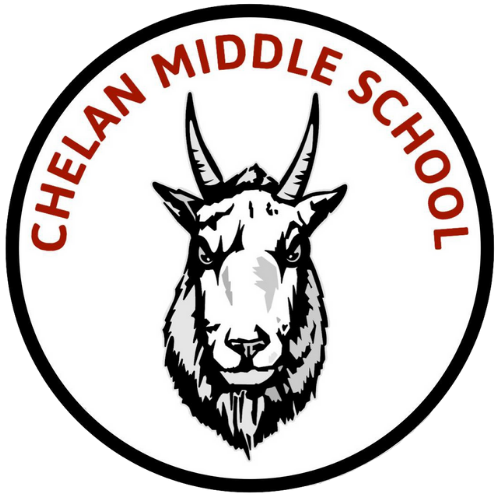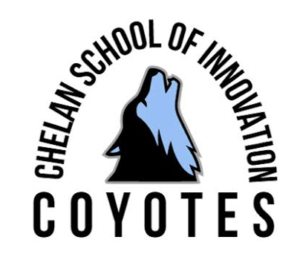What is universal design for learning (UDL)?
Universal Design for Learning (UDL) is an approach to teaching and learning that gives all students equal opportunity to succeed.
You may be confused by the word universal. You may think that UDL is about teaching everyone in one, universal way. In reality, UDL is quite the opposite. It is based on the understanding that each learner is different, with a unique set of strengths and needs. The goal of UDL is to design a learning experience and a learning environment that makes the learning accessible to all regardless of variation – hence the term universal.
It is based on the universal design approach now inherent to building design. Architects plan for all members of the public to be able to access a building regardless of size, shape, mobility, ability, or language. Designers predict the variation in the population and then remove possible barriers to access. You’ll see ramps next to steps, escalators, and elevators. You’ll see wide doors and hallways. You’ll see signs that are alphabetic, numeric, and in Braille.
Much like this, the goal of UDL is to use a variety of teaching methods, resources, and classroom features to remove any barriers to learning. It is about creating flexibility that can be adjusted for each individual learner’s strengths and needs.
Another parallel to the architectural universal design process is the goal of having people operate independently within a space, without assistance. Universal design for learning also has a goal of moving learners toward independence. The objective is for them to understand how they best learn, organize their thinking, and make their thinking understandable.
This approach to teaching doesn’t specifically target people who learn and think differently. But, it can be especially helpful for learners who have traditionally struggled to have their learning needs met, including students with disabilities, English learners, and highly capable learners.









